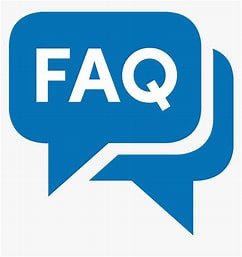10 Tips for a perfect ear balanced dive according
to the latest DAN (Divers Alert Network) study

Thanks to DAN for this study
Equalization of the middle ear is an essential skill required for the diver that allows the equalization of the pressure in the sinuses and the middle ear’s spaces according to the ambient pressure. The more you descend, the more the water pressure increases, and you must rebalance this pressure. We are going to focus on the area corresponding to the phenomenon of equalization of the middle ear.

Here are ten tips for easy balancing:
1. Listen to “pop.”
Before you even get on the boat, make sure that you hear a “pop” or “click” in both ears when you swallow. This “pop” tells you that both eustachian tubes are open. This is usually one of the first exercises you will be asked to do when signing the documents before any dive.
2. Start early
Several hours before your dive, slowly start to equalize your ears every few minutes. “This has great value and is said to help reduce the chance of blockage at the beginning of the descent,” says Dr. Ernest S. Campbell. “Chewing gum between dives seems to help,” Dr. Campbell adds.
3. Equalize at the surface
“Pre-pressurization” at the surface helps you through the critical first few meters of the descent, where you’re often busy emptying your vest and cleaning your mask. It can also inflate your Eustachian tubes so that they are slightly larger. This technique is helpful in fast, strong current dives. We use this technique when starting in splits.
4. Go down with your feet first
The air tends to rise in your eustachian tubes, and liquid mucus tends to flow down. Studies have shown that a Valsalva maneuver requires 50% more force when you are in a head-down position than head up.
5. Look at the surface to create a neck extension
Extending your neck or watching the surface tends to open your Eustachian tubes.
6. Use a line of descent
By lowering an anchor or mooring line, you have more precise control over your descent rate. Without a rope, your descent rate will probably be much faster. A rope also helps you stop your descent quickly if you feel any pressure before barotrauma has a chance to occur.
7. Anticipate
The key while scuba diving is to equalize often and maintain a slight positive pressure in your middle ears.
8. Stop if it hurts
Don’t try to overcome the pain. The pressure difference probably blocks your eustachian tubes, and the only result will be barotrauma. If your ears start to hurt, go up a few feet and try to equalize again. Above all, signal your partner or guide so that the group can adapt to the situation!
9. Avoid tobacco and alcohol
Smoker and alcohol irritate your mucous membranes, increasing more mucus that can block your Eustachian tubes.
10. Keep your mask clear
Water in your nose can irritate your mucous membranes, causing them to produce more clogging substances.
Hope this article about the 10 Tips for a perfect ear-balanced dive will help you during your next diving trips. Divers who have difficulty equalizing may find it helpful to master several of these techniques.
Note: This is the only real constraint when we dive.
Note 2: Many people especially instructors, will offer some homemade “technics” to protect your ears such as adding oil, or alcohol and vinegar, etc.. Of course, YOU MUST NOT DO IT. Any doctor will tell you that the impact is so bad that it’s only letting you stop diving forever. Don’t use shaman techniques. No product will help to avoid infection or help to equalize your ear.
Colds, air conditioning, allergies, or anatomy will cause the equalization techniques not to work.
Remember that there are other techniques, and if this one works for you, there is no need to change it.
To learn more, please visit www.DAN.org/Health to view the Smart Guide on Equalizing.









